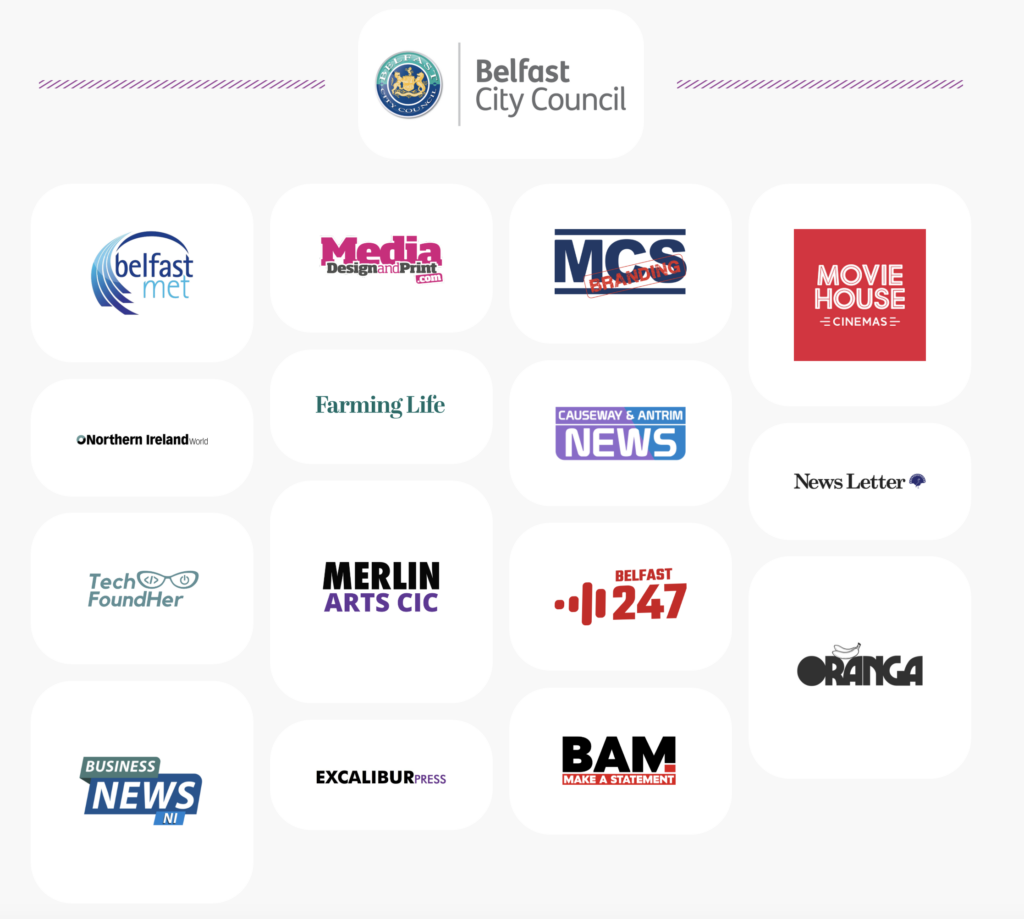At Excalibur Press we use a lot of techniques to improve the results we garner when using AI on behalf of our clients (with their permission). Here are just some of the tips our team use:
Be clear and concise
- Use specific and well-defined prompts that clearly communicate your request. This helps the AI understand your query and provide relevant responses.
Provide context
- Give enough background information or context when necessary, so the AI can generate more accurate and targeted content.
Use keywords
- Include relevant keywords and phrases related to your topic. This helps guide the AI towards generating content that matches your desired focus.
Experiment with different prompts
- If the initial output isn’t satisfactory, try rephrasing your prompt or using different keywords. AI tools can be sensitive to input variations, and small changes can lead to better results.
Break down complex queries
- If you have a complex question or request, break it down into smaller, more manageable parts. This can help the AI focus on each aspect and generate more accurate responses.
Limit response length when needed
- If you’re looking for a brief response or summary, specify the desired length in your prompt (e.g., “Provide a 100-word summary of…”).
Use step-by-step instructions for complex tasks
- For tasks that require a specific structure or format, provide step-by-step instructions in your prompt. This helps guide the AI through the process and ensures that the output matches your requirements.
Be patient and iterative
- AI tools may not always provide the perfect response on the first try. Be patient and willing to iterate on your prompts and experiment with different approaches to get the best results.
Learn from examples
- Provide examples of the desired output or style when appropriate. This can help the AI understand your expectations and generate content that aligns with your requirements.
Review and refine
- Always review AI-generated content for accuracy, relevance, and quality. Use the output as a starting point, and refine it as needed to meet your standards and objectives.
Adjust tone and formality
- Specify the desired tone or formality level in your prompt (e.g., “Write an informal blog post about…” or “Explain the concept in a professional manner…”). This helps the AI tailor its output to match the intended style.
Ask follow-up questions
- If the AI’s response isn’t complete or misses some details, ask follow-up questions to obtain more information or clarify specific points.
Leverage templates
- For repetitive tasks or specific formats, create templates with placeholders for the AI to fill in. This can streamline your workflow and help maintain consistency across your content.
Encourage creativity
- If you’re looking for creative ideas or unique perspectives, prompt the AI with open-ended questions or challenges (e.g., “Imagine a futuristic marketing campaign for…”).
Combine prompts
- If you have multiple questions or requests related to a topic, combine them into a single prompt to help the AI generate a more cohesive and comprehensive response.
Set a time frame or scope
- When seeking information or insights about a specific time period or scope, include it in your prompt (e.g., “Describe the impact of social media on marketing in the last five years”).
Use guiding questions
- Incorporate guiding questions within your prompt to help the AI focus on specific aspects of the topic (e.g., “Discuss the benefits of remote work, including cost savings, flexibility, and work-life balance”).
Specify desired format
- If you need the AI-generated content to follow a particular format, such as a list or a Q&A, make it clear in your prompt (e.g., “List the top 10 marketing strategies for e-commerce businesses” or “Answer the following questions about digital marketing trends…”).
Address potential biases
- Keep in mind that AI tools may inadvertently generate content with biases. If you notice a bias in the output, rephrase your prompt or ask the AI to consider alternative perspectives to ensure a balanced response.
Iterate and learn from experience
- As you use AI tools more frequently, you will learn which approaches and prompts work best for your specific needs. Continuously refine your prompting techniques based on your experiences to optimise the AI’s performance over time.
 Tina Calder will be speaking at the Entrepreneurs Unleashed conference on Thursday November 28th.
Tina Calder will be speaking at the Entrepreneurs Unleashed conference on Thursday November 28th.
She will be delivering two sessions Using AI In Your Marketing: Getting Your Prompts Right where attendees will be able to explore AI-driven marketing strategies and master the art of crafting compelling prompts with our unique framework taught by industry experts. Elevate your marketing efforts and drive unparalleled results in today’s dynamic digital landscape.
Her second talk Using AI In Your Entrepreneurial Journey will help attendees explore the transformative power of artificial intelligence in driving innovation, efficiency, and growth throughout every stage of your entrepreneurial journey, from ideation to execution.
Book your ticket HERE


